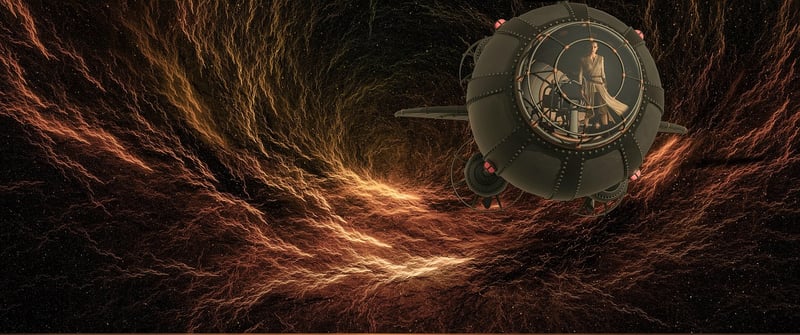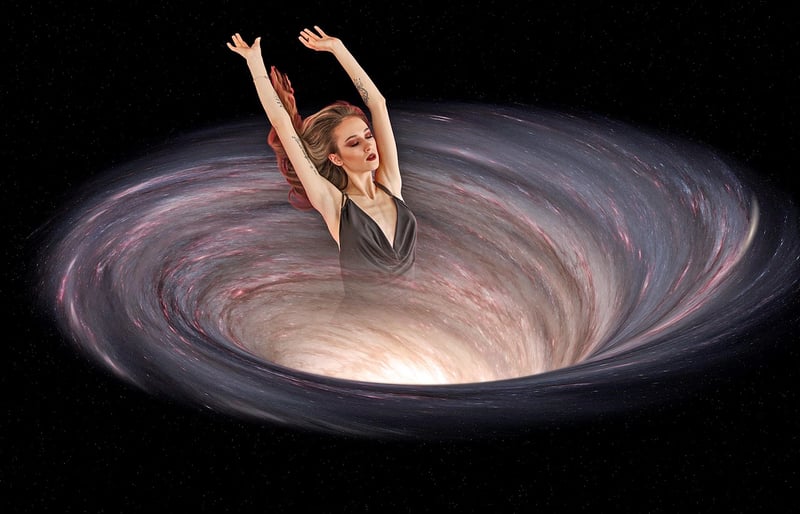Wormholes
The Science Behind Time Travel and Wormholes
Time travel has always been a fascinating topic in science fiction, but is it actually possible according to the laws of physics? Let's delve into the science behind time travel and explore the concept of wormholes.
Is Time Travel Possible?
According to Einstein's theory of relativity, specifically the theory of general relativity, time travel is theoretically possible. Time dilation, a key concept in relativity, suggests that time can be experienced differently for objects in motion relative to each other. This means that time travel to the future is technically achievable by traveling close to the speed of light or near a massive gravitational field.
Wormholes: Theoretical Time Machines
Wormholes, also known as Einstein-Rosen bridges, are hypothetical tunnels in spacetime that could allow for shortcuts through the fabric of the universe. By connecting two separate points in spacetime, a wormhole could potentially create a bridge that would allow for faster-than-light travel and even time travel.
The Science Fiction vs. Reality
While the concept of time travel and wormholes has captured the imagination of many, the practicality and feasibility of such phenomena remain highly theoretical. The energy requirements and stability of wormholes pose significant challenges that are yet to be overcome.
Conclusion
Time travel and wormholes remain intriguing areas of study in theoretical physics. While the science behind these concepts is grounded in reputable theories like general relativity, the practical realization of time travel and traversable wormholes is still a distant dream.

For more in-depth exploration of these topics, you can refer to reputable sources such as academic journals and publications by renowned physicists like Stephen Hawking and Kip Thorne.
